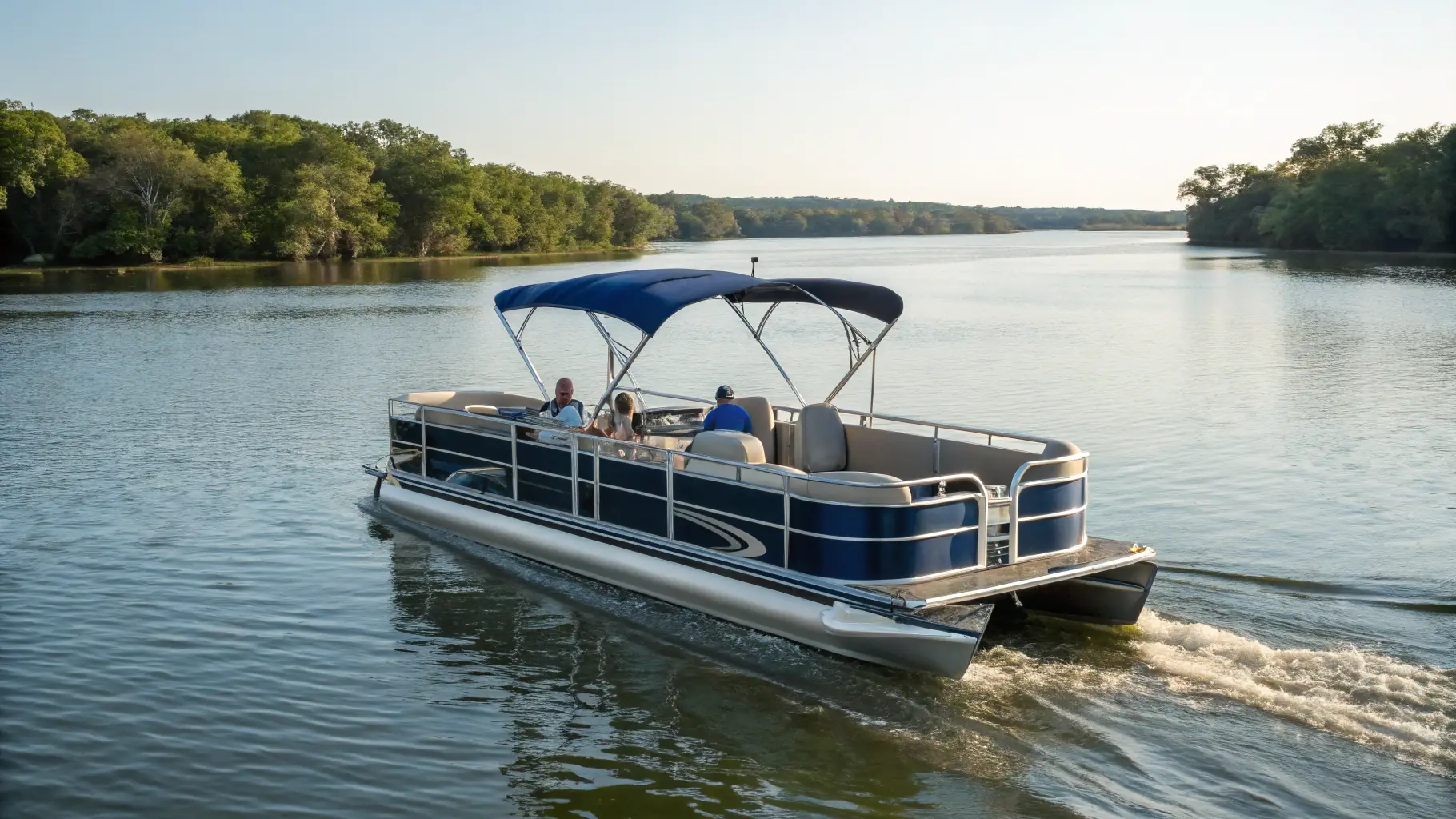Your boat looks magnificent from the outside—gleaming hull, pristine deck, everything shipshape. But what if I told you that beneath that perfect exterior, microscopic changes are happening every time you hit a wave, dock at the marina, or simply bob at anchor? Modern marine engineering has borrowed a trick from aerospace and civil engineering, using sophisticated sensors like accelerometers to monitor the hidden health of your vessel’s structure in real-time.
What Actually Is Structural Health Monitoring?
Think of structural health monitoring (SHM) as a comprehensive medical check-up for your boat, but one that never ends. Instead of waiting for visible cracks or obvious damage to appear, SHM systems continuously watch for the earliest signs of structural changes.
The technology works by placing sensors throughout your vessel’s critical components—hull, mast, rigging, and engine mounts. These sensors detect vibrations, stress patterns, and movement that human eyes simply cannot perceive. When something changes from the baseline “healthy” signature, the system alerts you before a small issue becomes a catastrophic failure.
It’s rather like having a doctor who can detect illness before symptoms appear, except this doctor never sleeps and costs far less than emergency repairs at sea.
The Science Behind the Sensors
Accelerometers: Your Boat’s Motion Detectives
Accelerometers measure how structures move and vibrate under different conditions. On a boat, they can detect everything from engine vibrations to hull flex in heavy seas. When properly calibrated, these sensors create a unique “fingerprint” of your boat’s normal behaviour.
Strain Gauges and Load Sensors
These measure how materials stretch and compress under load. Particularly crucial for sailing vessels, where rigging loads can vary dramatically with wind conditions and sail configuration.
Does Your Boat Actually Need This Technology?
The honest answer depends on several factors, and it’s not just about boat size or value.
Commercial vessels and superyachts are increasingly required to have SHM systems, both for safety certification and insurance purposes. The technology pays for itself quickly when you consider the cost of emergency repairs or, worse, total loss.
Racing yachts have embraced SHM enthusiastically. When milliseconds matter and you’re pushing equipment to its limits, knowing exactly how your boat responds to different conditions provides a competitive edge whilst preventing expensive failures.
Recreational boaters face a more nuanced decision. If you’re sailing offshore regularly, own a high-value vessel, or simply want the peace of mind that comes with knowing your boat’s true condition, SHM makes financial sense.
However, if you’re a weekend sailor who rarely ventures far from shore, traditional maintenance and inspection routines might suffice.
The Real-World Benefits You Hadn’t Considered
Predictive Maintenance Revolution
Instead of replacing parts on a schedule, you replace them when they actually need it. This approach can reduce maintenance costs by up to 30% whilst improving reliability.
Insurance Advantages
Many marine insurers now offer discounts for vessels equipped with monitoring systems. Some even require SHM for coverage in certain circumstances or routes.
Resale Value Protection
Documentation showing your boat has been continuously monitored throughout its life significantly enhances resale value. It’s proof that the vessel has been properly cared for at a level most buyers never see.
The Technology’s Surprising Limitations
Despite its sophistication, SHM isn’t perfect. Systems require regular calibration and professional interpretation of data. False alarms can occur, particularly in harsh marine environments where salt corrosion affects sensors.
The initial installation cost ranges from £5,000 for basic systems on smaller boats to £50,000+ for comprehensive monitoring on larger vessels. Factor in annual maintenance and data analysis services, and the total cost of ownership becomes significant.
Making the Decision
Consider SHM if you tick multiple boxes: regular offshore sailing, high boat value, commercial operation, or simply wanting cutting-edge technology for peace of mind.
Skip it if you’re a casual sailor, have budget constraints, or prefer traditional hands-on maintenance approaches.
The marine industry is moving towards condition-based maintenance, and early adopters often benefit from lower costs and better service availability. Whether your boat needs structural health monitoring today depends on how you balance cost against the unique advantages this technology provides.




